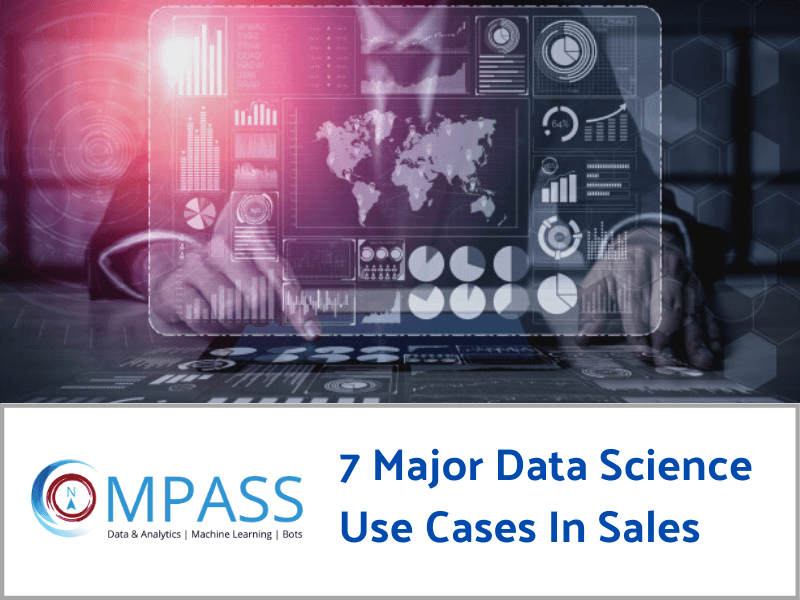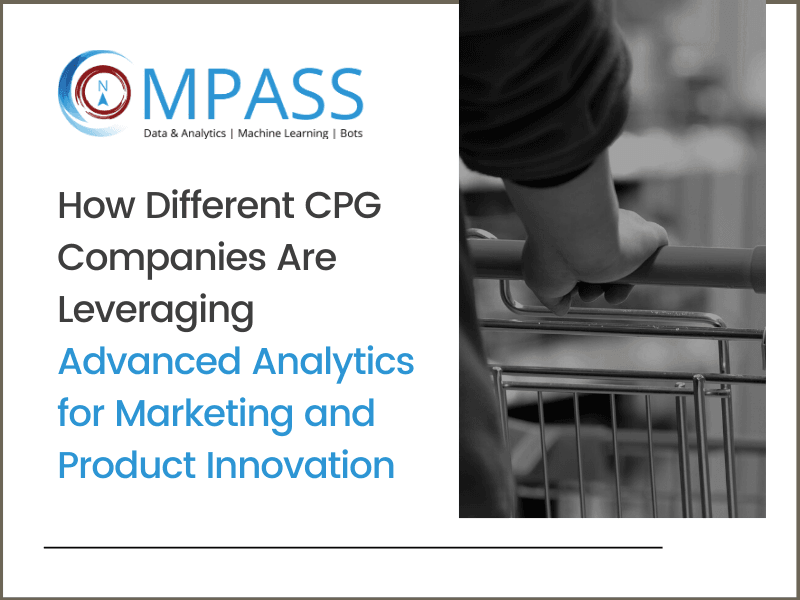Clinical trials are essential for causal estimation of the efficacy and safety of new medical treatments, drugs, and devices. However, traditional clinical trials pose challenges that can hinder the efficient conduct of research to develop a knowledge base that supports products for patient communities. Current operational inefficiencies related to participant identification, recruitment, data acquisition, and follow-up inflate costs, increase participant burden, and extend the already lengthy timelines of clinical trials, all of which contribute to low participation in clinical trials:
The pandemic has compelled the healthcare and life sciences industries to improve patient care and significantly accelerate the development of more inclusive and targeted drugs. Governments and pharmaceutical companies are already experimenting with innovative technologies to speed up these efforts. Most of them are already utilizing big data & advanced analytics for contact tracing and community transmission control.
In this blog, we will look at how advanced analytics is addressing the key challenge in routine clinical trials.
The key challenge in clinical trials
Clinical trials used to have only structured data that was clinically-sourced. To organize and mine this data, the R&D teams didn’t need much application of big data and advanced analytics.
Over the last couple of years, clinical trials have moved to the cloud and there is far more data available. Trial patient participants can also be remotely monitored through healthcare gadgets. The total volume of health data in the world is expected to soar to 2,314 exabytes by 2020, 15 times what it was in 2013. By some estimates, if this data were stored in a stack of tablet computers, the stack would reach 82,000 miles high.
Despite more data, only a fraction of it was being leveraged as the organizational and management model of clinical trials hadn’t really changed much. One of the primary reasons for that was how slow this industry had been to adopt some of the latest technologies due to its risk-averse and siloed nature.
With this new influx of vast amounts of data from multiple, unintegrated systems (EMRs, genetic profiles, phenotypic data, mHealth devices, etc.), it’s necessary to use advanced analytics to visualize and leverage data in real-time and gain a comprehensive view of the performance of the trial and the entire clinical portfolio.
The potential of advanced analytics
Advanced analytics can be the key to understanding the unstructured, real-world data. It can be employed to create all the required metrics and identify trends, anomalies, and risks for a 360-degree view to the stakeholders.
Clinical trial data scientists can leverage centralized monitoring and CDISC standard datasets to collect data more efficiently in real-time. Instead of the analytics used for standard risk-based monitoring, they can provide better analytics. To enable quick identification of the patterns and issues, they can implement ongoing, sophisticated, and accurate monitoring reports.
By exploring data for unexpected patterns, evidence for known relational trial factors can be deepened. Such patterns can then lead to new hypotheses and provide deeper insights into the suitability of the treatment. Following are some of the ways that advanced analytics can create value in clinical trials:
- Improved data quality: While traditional data cleaning methods are manual and error-prone, advanced analytics can analyze different kinds of data in real-time and makes it easier to find inconsistencies between related variables. Through automation, data quality is improved and a lot of time is saved.
- Efficient data mining: By enabling you to track the key efficiency and safety parameters in real-time, analytics allows you to identify deviations, differences, and any potential misconduct. This information can be easily made accessible to all the involved parties, improving transparency.
- Data-driven decision making: Through interactive data exploration, you have the capability to make data-driven decisions confidently. You can easily take timely corrective and preventive measures. This access to actionable data also provokes new, potentially life-saving questions.
Bottom line
Advanced analytics is enabling better strategic and operational decisions in clinical trials. Allowing continuous supervision of the study, it’s empowering study managers to do an in-depth analysis and review of the data.
Data managers can now do more than just manage the data. They can identify new patterns that lead to new hypotheses and then quickly analyze data to validate them.
For instance, when the National Cancer Institute (NCI) set up a prototype project to explore the relationship between genes and cancer, NCI was able to search a 4.5 million cell matrix in 28 seconds. This enabled NCI to gain a deeper understanding of the network of gene-cancer interactions and the state of research in relation to cohort groups treated.
Facilitating faster clinical trials with Advanced Analytics
Data is an enabling factor in improving patient care. Leveraging real-time, data-driven decision-making, & with advanced analytics, the pharmaceutical industry hopes to identify effective therapies faster. In doing so, they not only improve patient care but also save on costs in the long run.
To know more, schedule a call and talk to our experts.



